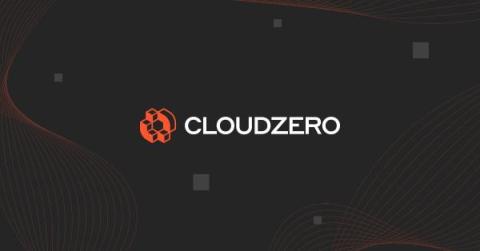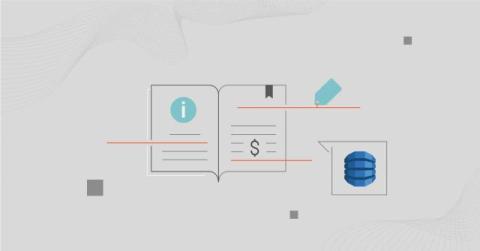AWS ALB Pricing Explained: A 2024 Guide
AWS ALB was developed to simplify the management of modern web traffic while enhancing application scalability, security, and performance. And like any other AWS service, understanding AWS ALB pricing is essential for managing cloud costs effectively. This guide offers a comprehensive overview of AWS ALB, detailing its key use cases and pricing structure.










